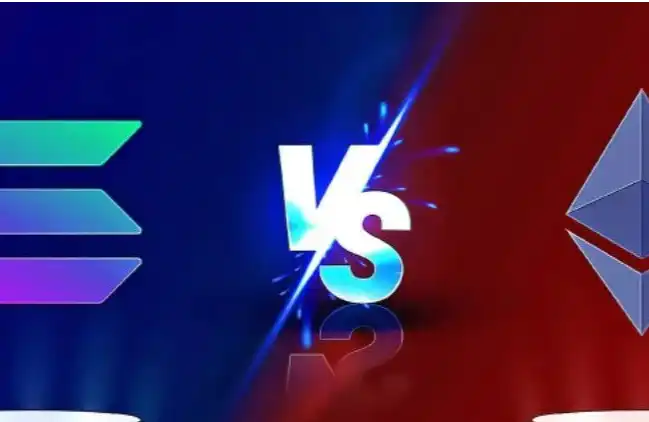Cardano's ADA Paints 'Death Cross' Amid Regulatory Uncertainty
Moving average crossovers are lagging Indicators. That said, the latest death cross is consistent with the dour regulatory outlook.
An ominous-sounding technical analysis pattern called "death cross" has appeared on the daily price chart of Ethereum competitor Cardano's ADA token.
A death cross occurs when the 50-day simple moving average (SMA) drops below the 200-day SMA. Followers of technical analysis consider the a warning the market is about to head into a tailspin.
ADA's 50- and 200-day SMAs crossed bearishly over the weekend, confirming the first death cross since December 2021, according to charting platform TradingView.
The moving average crossovers are backward-looking and considered unreliable as standalone indicators. That said, the latest death cross is consistent with the dour regulatory outlook for ADA and alternative cryptocurrencies (altcoins), in general.
Crypto traders were caught off guard earlier this month after the U.S. Securities and Exchange Commission (SEC), in its lawsuit against Binance, classified a slew of tokens as securities, including ADA.
Cardano development company IOG the SEC's claim. Still, ADA ran into selling pressure and has lost 30% of its market value this month, the most significant single-month decline since March 2022. The sell-off probably stems from fears that being categorized as security would subject ADA to greater regulatory oversight.
"If the SEC ultimately prevails (which may take several years or even a decade), altcoin issuers and liquidity providers will face unprecedented difficulties," Matt Hu, CEO of crypto asset management firm Blofin, said in a report published over the weekend.
Hu added that the regulatory risk is "mainly concentrated on altcoins investors, which has a limited impact on holders who only hold BTC and ETH."
ADA changed hands at $0.26 at press time, according to CoinDesk data. Early Tuesday, the Node version 8.1.1 on the blockchain’s mainnet aimed at boosting network processes by reducing epoch transitions or time periods on the blockchain.

Edited by Parikshit Mishra.
Disclaimer: The content of this article solely reflects the author's opinion and does not represent the platform in any capacity. This article is not intended to serve as a reference for making investment decisions.
You may also like
ETH vs SOL Showdown: Node War and Infrastructure Moat Behind $587 Billion Staked
However, despite the funding bet having come to the same level, in terms of security, ETH still holds a slight edge.

EPT is live! Bullish or bearish? Join to share 480,000 EPT!

SUI Ranks 5th in DEX Volume But Lacks Trend Strength to Sustain Rally
SUI is gaining traction with a surge in DEX activity and rising RSI, yet trend strength remains fragile as it eyes a critical breakout point.

Lorenzo Protocol Ecosystem Roundup — March 2025

